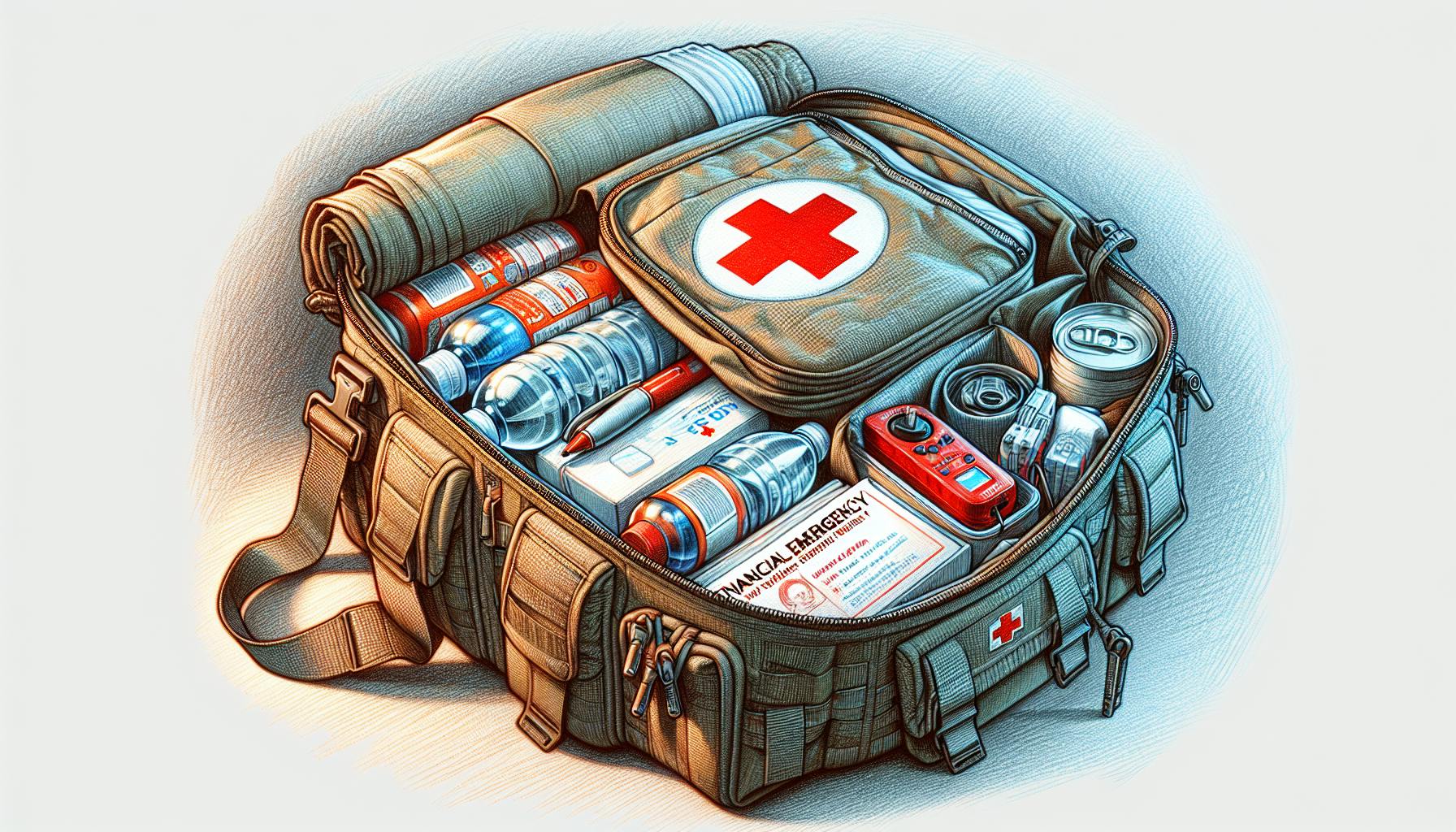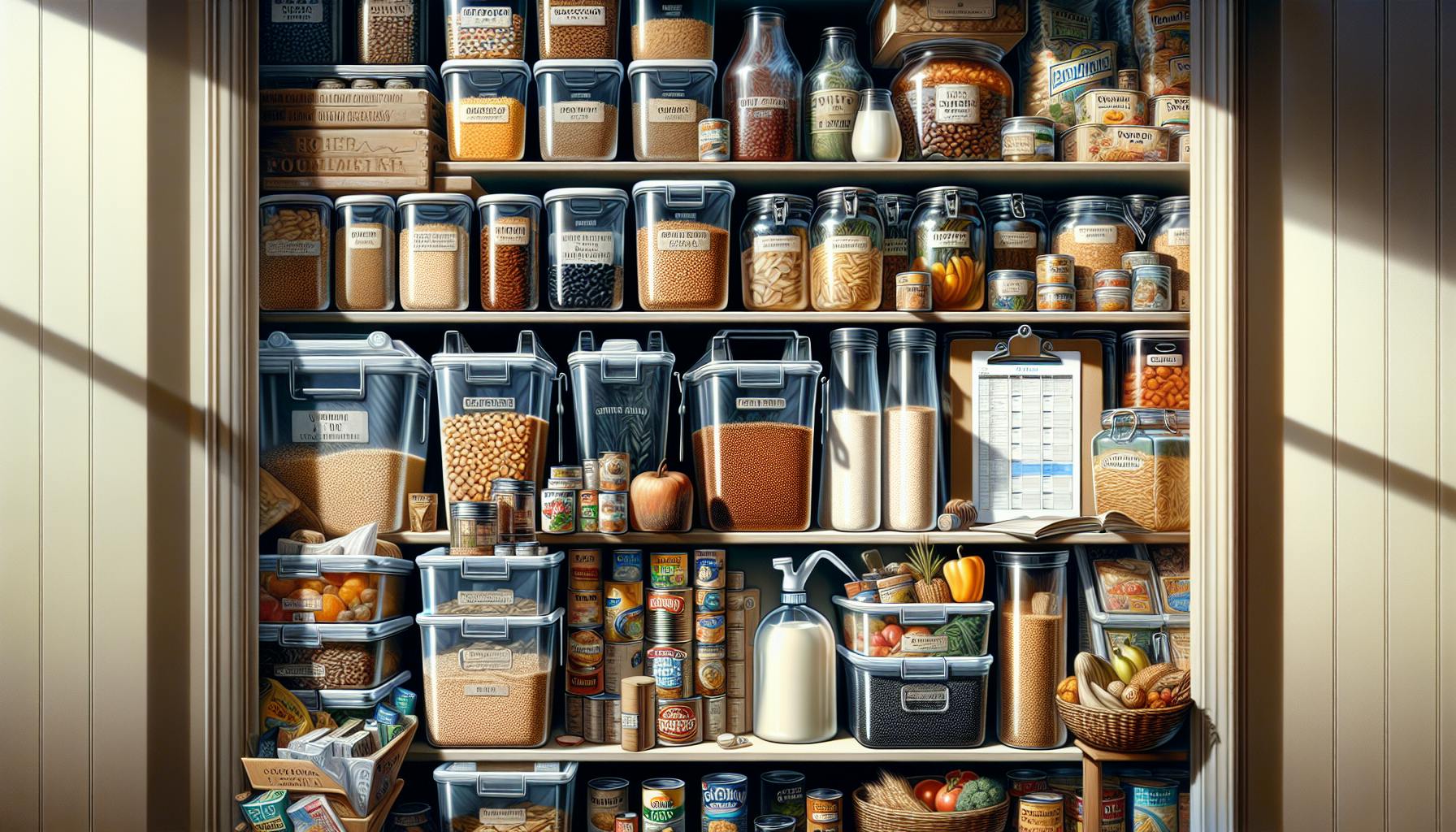Introducing the Nuclear Holocaust Preparedness Plan
A nuclear holocaust is a post-apocalyptic scenario involving massive destruction from nuclear weapons. As global tensions rise and more nations gain nuclear capabilities, the threat of a nuclear event seems more likely than ever before. Experts warn that we must take these risks seriously and prepare accordingly. Having an effective nuclear survival plan can greatly improve your family's chances of safely enduring this potential catastrophe.
The immense power of modern nuclear arsenals means even a limited exchange could unleash unprecedented devastation. Accidental launches, hidden detonations by terrorists, and the possibility of an intentional strike during a geopolitical crisis all pose dire risks. Individuals and households should have contingency plans in place to deal with the immediate effects and long-term aftermath of a nuclear war.
Understanding the Threat of Nuclear War
The most powerful nuclear weapons today carry yields measured in megatons - equivalent to millions of tons of TNT. A single strategic warhead detonated above a city would generate extreme heat and a blinding blast wave, followed by crushing overpressure. Buildings not leveled instantly would ignite into raging firestorms. Radioactive fallout would contaminate areas for decades after. Just a small number of high-yield warheads alone could effectively destroy a nation's major urban centers, infrastructure, and economy.
Regions like the Russia-Ukraine conflict zone or the Taiwan Strait present potential nuclear flashpoints. The risk of intentional nuclear war rises when unstable regimes fear an existential threat from enemies or uprisings. And existing arsenals are growing, as nations like China, North Korea, India, and Pakistan expand their nuclear weapon capabilities. Accidents and miscalculations could also spark a crisis. With more aging weapons deployed globally, experts warn the chances of an inadvertent launch or detonation may be rising as well.
Creating Your Nuclear Survival Plan
Given the severe threat posed by nuclear weapons, every household should assemble a customized nuclear survival plan. This involves proactively gathering critical supplies, information, training, and tools to endure a nuclear event as safely as possible. Key elements include:
- Stocking emergency preparedness kits with essentials like food, water, first aid gear, tools, and more. Rotate and replenish over time.
- Identifying the nearest and most practical shelters to reach in the event of an attack warning, such as basements or subway tunnels.
- Planning optimal evacuation routes and alternatives in case you must quickly relocate out of the blast or fallout zone.
- Maintaining paper maps and directions in your kit along with a crank or battery powered emergency radio to receive broadcasts when the grid is down.
Essential Supplies for Your Nuclear Prep Kit
Nuclear survival requires having adequate stores of all critical provisions on hand. Recommended minimum supplies include:
- Water - 1 gallon per person per day for at least 2 weeks. Store in sealed, BPA-free containers and rotate stock every 6 months.
- Shelf-stable foods like Mountain House freeze-dried meals, Wise Company bucket meals, Thrive Life pouches - aim for a 2 week supply.
- First aid trauma kits like the Beyond Basics Kit from MyMedic - includes medications, tools, sutures.
- Solar powered flashlights like the Lepower 3-Pack on Amazon - stock extra batteries.
- Protective gear including N95 respirators, goggles, Tyvek suits, duct tape, plastic sheeting.
- Radiation detection tools such as the Radex RD1212 Environmeter Geiger Counter and iOS-100 dosimeter.
- IOSAT potassium iodide tablets from Anbex - protects thyroid from radioactive iodine.
- Cash, firearms, fuel for transport and generators - civil unrest is likely.
Finding Good Shelter During a Nuclear Event
Minimizing exposure to initial nuclear radiation and fallout requires finding solid shelter as soon as possible. Effective options include:
- Underground basements or cellars of sturdy commercial buildings or schools with concrete construction.
- Middle floors of parking garages like those under shopping malls or airports.
- Tunnels of subway, sewer, or other buried municipal infrastructure.
Avoid top floors and flimsy structures like sheds or mobile homes. Use duct tape and plastic sheeting to seal all vents, doors and openings to prevent radioactive particles from infiltrating your shelter. But most residential buildings will fail to provide adequate protection. Specialized underground shelters with thick layers of soil coverage like those from Utah Shelter Systems offer far better shielding.
Surviving the Aftermath of a Nuclear Attack
A nuclear holocaust would create extremely harsh conditions for survivors. Radioactive fallout may persist for weeks to years depending on the scale of bombs used. Venturing outside requires protective clothing, gear, and radiation monitoring with a Geiger counter. Food and clean water could become extremely scarce, requiring careful rationing of preparations made in advance. Widespread power outages will force many to live off-grid without utilities and services.
Illnesses like radiation sickness, infections, and disease could spread rapidly in the aftermath. Communities pooling resources and skills will fare far better in these grim circumstances. Mentally preparing for severe trauma and hardship is also critical - books like The Resilience Breakthrough by Christian Moore can help strengthen your coping abilities. With adequate emergency planning, supplies, and survival skills, it will be possible to endure and rebuild in the wake of even large-scale nuclear war. But preparation is the key.
Key Planning Considerations for Nuclear Survival
Crafting a viable nuclear survival strategy involves accounting for many key factors and requirements likely to emerge in a post-nuclear environment. Being ready to rapidly evacuate while also stocking durable shelters in advance will give families adaptability when the time comes. Gathering knowledge, skills, supplies and community connections all build critical resilience.
Choosing the Best Shelter Locations
Look for existing structures with thick concrete or dense earthen walls on all sides - basements, tunnels, and buried facilities. Aim for at least 10 feet of packed earth overhead; 15 feet or more is ideal for fallout shielding. If building a custom shelter, costs range from $10,000-$50,000 depending on size and features. Be sure to consider ventilation requirements - NBC Air Filtration systems are a proven choice. Maximize distance from exterior openings where radiation can penetrate. Reinforce existing shelters with packed earth, sandbags, water jugs, and other dense materials.
Packing Your Nuclear Survival Go-Bag
A "go-bag" should be ready in case you must urgently evacuate during a nuclear crisis. Essentials include:
- Cash, credit/debit cards - have backup payment options. Consider a Faraday wallet to protect cards from EMPs.
- Prescriptions, first aid items, tools, protective gear.
- Copies of crucial documents in a waterproof USB drive or bag.
- Maps, directions to identify shelter locations.
- Crank or battery powered radio like the Midland ER310 to receive emergency broadcasts.
- IOSAT potassium iodide pills and dosimeter radiation detectors.
- LifeStraw water filters and Sawyer Mini bottles for mobile purification.
- Solar powered banks to charge devices, like the Anker PowerCore Fusion.
Go-bags allow crucial response flexibility amid nuclear chaos.
Gathering Essential Knowledge and Skills
Beyond stockpiles, nuclear preparedness requires knowledge. Study official guides like FEMA's "Are You Ready?" and books like Nuclear War Survival Skills. Learn skills like ham radio operation, renewable energy, gardening, hunting, and other tactics to sustain yourself without modern infrastructure. Take first aid courses through the Red Cross to learn trauma care. Understanding how to detect and avoid radioactive fallout when leaving your shelter will be critical - Geiger counter training courses are available online. The more well-rounded your capabilities, the better.
Maintaining Health and Sanitation Standards
A widespread breakdown of infrastructure will create ideal conditions for disease spread. Stock up on medical supplies, water purification tools like the Katadyn Pocket Filter, hygiene items, and pool shock for disinfecting. Establish protocols to prevent illness within crowded shelter environments. Where possible, coordinate with community members that have useful skills and resources. Learn how to decontaminate yourself and equipment after radiation exposure. Make both physical and mental health a top priority.
Defending Against Threats in a Post-Nuclear World
Desperation will drive some to violence in a post-apocalypse. Be prepared to defend yourself, your family, and your resources. Firearms, security systems, defensive training, and community mutual protection pacts will likely prove essential. Prepper websites like DoomsdayPrep offer various self-defense solutions to survive unrest. Fortifying your shelter location also adds critical protection - reinforce entry points, establish perimeter patrols, use alarm systems to detect intruders.
Final Tips and Conclusion
Preparing for nuclear catastrophe requires robust emergency kits, well-stocked shelters, evacuation plans, useful skills, and survival mindsets. Don't wait until it's too late - start putting your nuclear survival strategy together today. With adequate precautions and supplies, your chances of enduring even a large-scale nuclear holocaust are better than you may think. Stay vigilant and be ready to enact your plans if tensions ever boil over into nuclear war.


